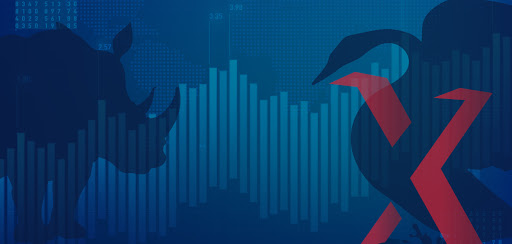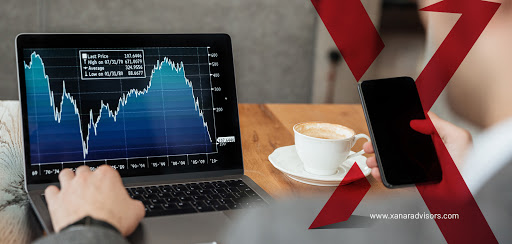It is safe to say that 2020 defied expectations for most investors, and PE managers were no exception. Deal flow nearly ground to a halt in March but has since recovered rather quickly.
Fundraising is on track for another banner year, although emerging managers—first-time funds—have had a difficult time in a virtual environment. Exits have slowed too, but there are potential bright spots in the IPO market. As is the case currently of premium valuations, despite the widespread business disruption caused by the pandemic, private market transaction multiples have remained stubbornly high.
PE fundraising is expected to rebound next year, surpassing the $316.9 billion high-water mark set in 2019. Institutional investors are eager to increase their allocations to alternatives, of which PE is the largest chunk. A higher average allocation to PE means more investors will be looking to write larger checks.
In addition to raising larger funds, GPs are increasingly offering more strategies that fall under the PE umbrella. For example, in 2019 Blackstone launched its growth equity platform, a strategy that has seen increasing investor appetite by filling the void between traditional venture capital and leveraged buyouts.
The key variable here is what happens with the COVID-19 Virus. If the pandemic drags on, allocators—especially university endowments and healthcare systems— may pause new allocations to conserve cash. Further economic carnage could drive investors away from risky assets, which would hamper new fundraising efforts.
Riding on boom in Public Equities
The boom in public equities witnessed since March 2020 is likely to be a boon for PE managers. When the value of other parts of an allocator’s portfolio grows in value, the commitments needed to maintain a target allocation to PE grow in lockstep.
Carveout activity may gather pace
Hundreds of large public companies are struggling because of the economic burden brought on by the pandemic. This economic strain has forced many companies to put all options on the table, including selling non-core businesses. Further adding to the strain, many of these large companies added to their debt load early in the pandemic, expecting this leverage to get them to the other side. These same companies are seeing revenues continue to be pressured nine months later and do not want to risk becoming overly indebted.
While many large companies are struggling, PE firms have been raising hundreds of billions of dollars and sit on around $1 trillion in dry powder. These PE firms have seen dry powder mount throughout the crisis as traditional LBO activity diminished but fundraising remained healthy. PE firms are now seeking massive transactions to swiftly spend down this cash pile.
The important caveat to this expectation of increased carveout activity is obviously the Fed and its unabated pumping of liquidity. Fed liquidity injections will keep rates down enough to dissuade large companies from selling non-core assets. Alternatively, a new administration could do a better job of keeping a lid on the spread of the virus. This, combined with an accelerated schedule for a new vaccine, could see the economy recover more quickly, negating the need to divest these businesses.






